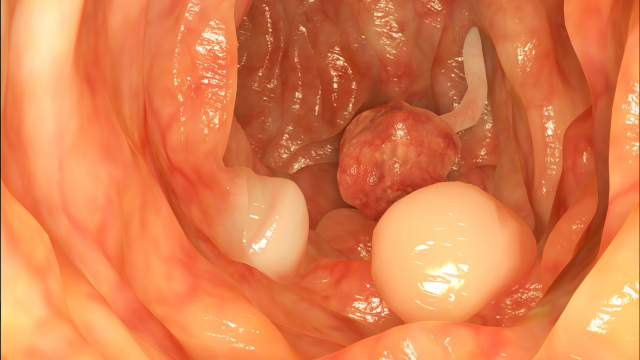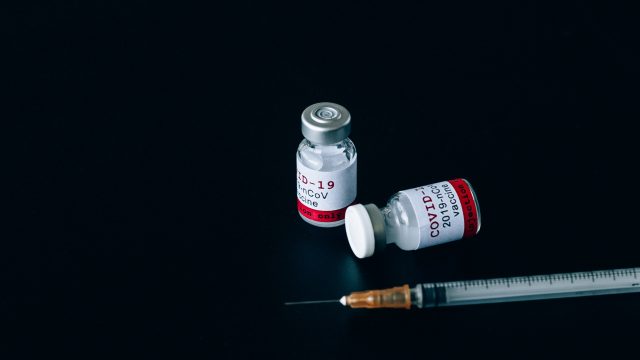Many women complain of leaking of urine. Many suffer it silently simply because they are too shy to talk about it and seek help.
Leaking of urine i.e. incontinence can be classified into various types :
- True incontinence
- Urgency incontinence
- Overflow incontinence
- Stress incontinence
What is Stress Incontinence?
Stress incontinence is when you accidentally leak urine during normal everyday activities such as coughing, sneezing laughing exercise or simply change of position.
The muscles of the pelvic floor support the bladder. These muscles keep the neck of the bladder closed until the time that one has to pass urine. The muscles relax so that the neck can open and one can pass urine.
Stress incontinence usually happens when these muscles become weak. So when there is sudden extra pressure (‘stress’) on the bladder, it cannot stay closed as it should and some urine leaks out. This leakage happens during normal everyday activities, such as coughing, sneezing, laughing, exercise or change of position.
What causes stress incontinence?
Stress incontinence can be triggered by pregnancy, childbirth or the menopause. It can happen while you are pregnant or after you have a baby. This usually improves with time for most women. But it may recur again later on especially after menopause.
Sometimes the leak is very little and many women do not seek help for it. But sometimes the leak can be enough to be embarrassing.
Treatment of stress incontinence
- Pelvic floor exercises and sometimes medication can help control the symptoms to a certain extent.
- It is worth checking the urine for infection and treating it appropriately.
- Chronic cough or asthma also should be addressed first, and one should stop smoking.
- Weight loss can help in case one is overweight. A special test called urodynamic studies may be done in order to confirm the diagnosis.
- A fair number of women will need surgery. It cannot always cure the problem completely. There are a number of possible operations. The choice of operation will depend on various factors. If you wish to have children then surgery is usually not an option.
- Surgical procedures for stress incontinence aim to improve support for the muscles around the bladder entrance so that the neck of the bladder remains closed when it should and prevents leaking. No procedure can guarantee 100% success and lifelong cure.
The common stress incontinence treatments are
- Burch Colposuspension: It is a procedure that is done through a ‘bikini line’ cut just below the line of the pubic hair or through ‘keyhole’ surgery (laparoscopic colposuspension). Sutures are taken from the back of the pubic bone to the muscles on the side of the urethra to create a hammock, from back to the front of the pelvic area to provide support for the urethra and the neck of the bladder. This treatment is very effective but is major surgery. It restores continence in 85%women for the first year, and in around 70%for the first five years. It is more effective in the long term than other procedures. Some women can have problems after surgery. They may have difficulty in emptying their bladder or have a need to rush to pass urine.
- Tension-free vaginal tape (TVT): This is a simple surgery that involves placing a tape made out of synthetic material, at the neck of the bladder. The tape stays inside permanently and acts as a hammock to support the neck of the bladder. This procedure restores continence in about 80% of women. With this procedure too some women will have difficulty in fully emptying the bladder, but does not seem to be a long term problem.
Other procedures that are used less often are:
- Bulking agents: Natural or synthetic materials (such as collagen, fat, silicone or Teflon) are injected around the bladder entrance to help keep it closed when necessary. This takes just a few minutes. These methods are less successful than other operations. The benefits do not last for long. The material may be gradually absorbed or broken up inside the body, and so becomes less effective. These procedures are an option when other methods have failed, or when one wants to avoid or is not fit for major surgery.
- Sling: A sling is made out of one’s own muscle (natural) or synthetic material to support the bladder. Slings usually give good bladder control in the long term. Slings made from a woman’s own body tissue are generally more effective and cause fewer problems than synthetic ones. This is done when another surgery has failed to help.
- Anterior repair: This is usually done when a woman has a prolapse and the bladder is bulging through the front wall of the vagina. This procedure can help mild stress incontinence as it helps build support to the neck of the bladder.
Seek an appointment with Dr. Sangeeta, if you leak urine while coughing laughing or during the routine day to day activities. Do not be embarrassed and do not suffer in silence. There is a lot of help available. Exercises, medication and surgical options are available that can relieve you.


















